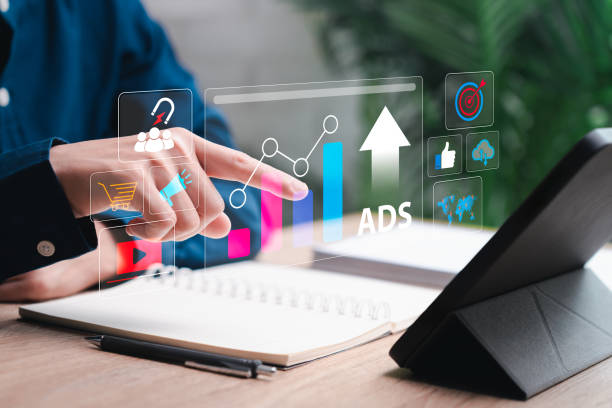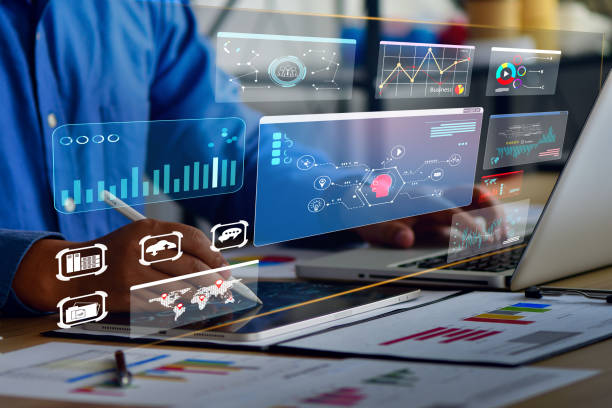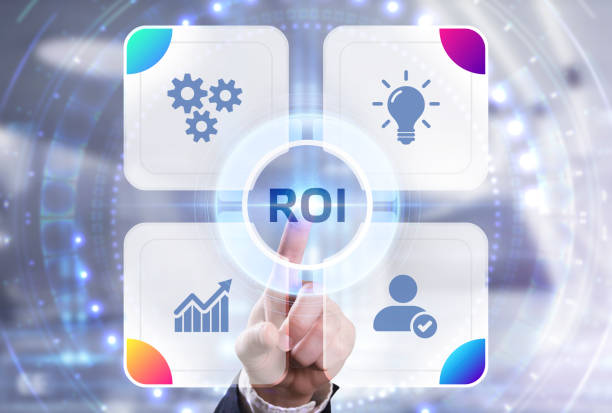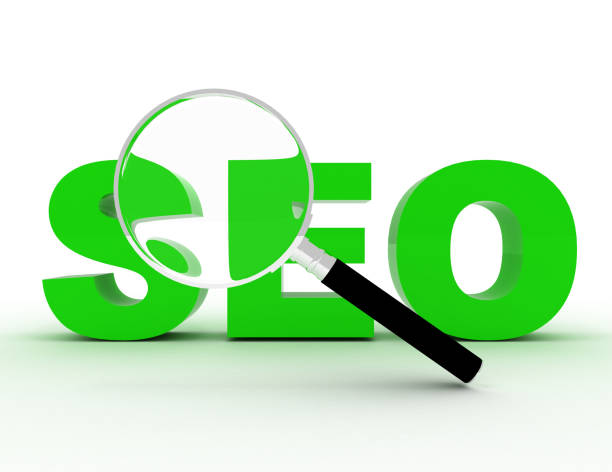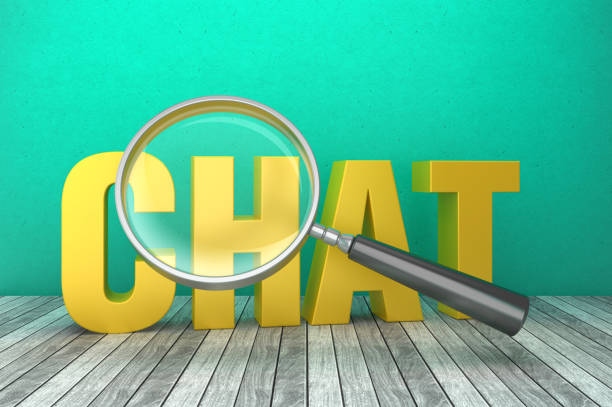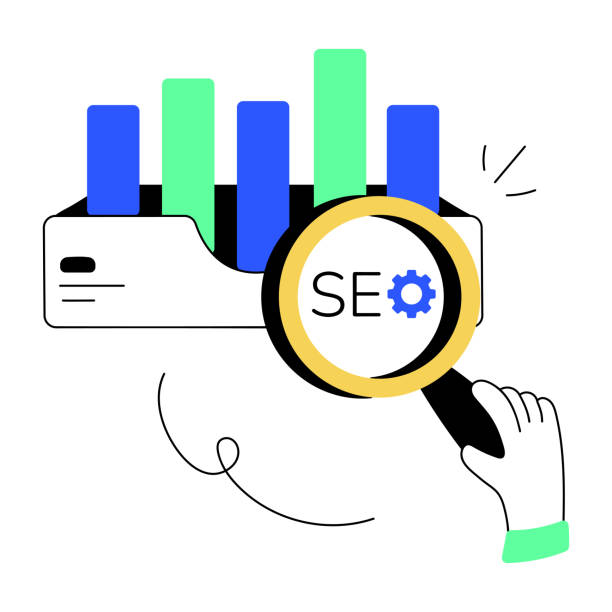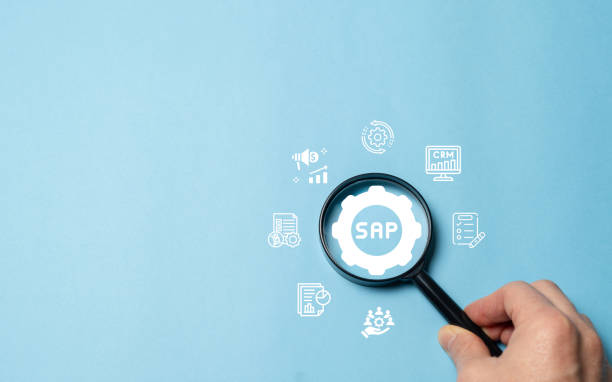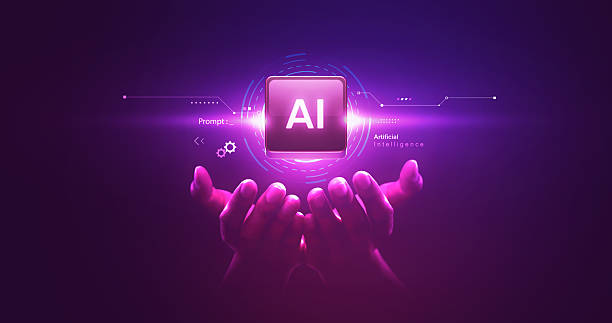What is On-Page SEO and Why is it Important?
#On-Page SEO, also known as #Page Optimization, refers to a set of techniques and actions performed within your website to improve its ranking in search engine results like Google.
Unlike Off-Page SEO, which focuses on factors outside of your website (such as backlinks), On-Page SEO is entirely within your control.
The importance of On-Page SEO lies in the fact that it helps search engines better understand your website’s content and display it to users who are looking for relevant information.
In fact, On-Page SEO is the foundation of a successful #SEO strategy, and without it, Off-Page SEO efforts alone will not be sufficient.
The main focus of On-Page SEO is to provide the best possible user experience for website visitors.
The better the user experience, the more likely they are to spend more time on your site, view more pages, and ultimately become your customer.
On-Page SEO is the optimization of internal site elements to achieve a better ranking in search engines.
In other words, with On-Page SEO, the chances of your site being seen in search results increase.
Effective On-Page SEO is the key to being seen in the online world.
By doing On-Page SEO correctly, you can increase your website’s organic traffic and reach your target audience.
Search engines like Google favor websites that have strong On-Page SEO and rank them higher in search results.
This, in turn, leads to increased website visits and traffic.
Are you tired of missing out on business opportunities due to not having a professional company website?
Rasawb, with its professional company website design, helps you:
✅ Build a powerful and reliable image of your brand
✅ Turn website visitors into loyal customers
⚡ Get a free consultation right now!
Keyword Research and its Role in On-Page SEO
Keyword Research is the process of identifying the words that users use to search for information in search engines.
These keywords play a fundamental role in your On-Page SEO strategy, as your website content should be optimized around these keywords.
To conduct keyword research, you can use various tools such as Ahrefs, SEMrush, Google Keyword Planner, and Keywordtool.io.
These tools help you find search volume, competition levels, and related keywords.
After identifying relevant keywords, you should use them strategically in your website content.
This includes using keywords in the page title, meta description, headings (H1-H6), body text, and image alt text.
Click here to preview your posts with PRO themes ››
Choosing the right keywords and using them in strategic locations helps search engines better understand the subject and content of your website.
Overusing keywords (Keyword Stuffing) can have the opposite effect and cause your website to be penalized by search engines.
Therefore, you should use keywords naturally and within the context of the content.
Optimizing Page Title (Title Tag) and Meta Description
The Page Title (Title Tag) and Meta Description are two important HTML elements that are displayed in search results and play a crucial role in attracting users to your website.
The page title should be concise, engaging, and include the page’s main keyword.
The length of the page title should not exceed 60 characters, as it will be truncated by search engines otherwise.
The meta description should provide a brief, compelling summary of the page’s content and encourage users to click on your link.
The length of the meta description should not exceed 160 characters.
In addition, the page title and meta description should be unique and different for each page of your website.
Using duplicate titles and meta descriptions can reduce your website’s ranking in search results.
Optimizing these two elements is one of the most important parts of On-Page SEO.
An example of an optimized page title for this article is “Comprehensive On-Page SEO Guide | Optimizing Site Pages.”
Optimizing the meta description helps attract the audience and increase the click-through rate.
In fact, this is the first opportunity you have to persuade the user to visit your website.
Example for this article in the meta description: “Learn On-Page SEO for your site completely with this comprehensive guide and increase your ranking in Google.
Key tips, tools, and practical strategies.”
| Element | Description |
|---|---|
| Page Title (Title Tag) | Element displayed in the browser tab and search results. |
| Meta Description | A brief description of the page content that is displayed in search results. |
URL Structure and its Importance in SEO
The URL (Uniform Resource Locator) structure, or the web address, plays an important role in SEO and user experience.
A good URL should be short, descriptive, and include the page’s main keyword.
Avoid using long and complex URLs that contain incomprehensible numbers and letters.
Long URLs have a negative impact on On-Page SEO.
URLs should be easily readable and understandable.
URLs help search engines understand the topic of the page and index it correctly.
The best URL structure includes the domain name, a short and descriptive slug, and the page’s main keyword.
For example, a good URL for this article could be “example.com/comprehensive-on-page-seo-guide”.
Using hyphens (-) instead of underscores (_) in URLs is recommended because search engines consider hyphens to be word separators.
Also, avoid using capital letters in URLs as this may cause problems on some servers.
A good URL helps users easily find the page they are looking for and helps search engines understand the content of the page.
Doesn’t your current company website reflect your brand’s credibility and strength as it should? Rasawb solves this challenge for you with professional company website design.
✅ Increase the credibility and trust of visitors
✅ Attract more targeted customers
⚡ Click to get a free consultation!
Content Optimization
Content Optimization is one of the most important aspects of On-Page SEO.
Your website content should be high-quality, valuable, relevant, and optimized for the target keywords.
High-quality content means content that provides accurate, complete, and useful information to users.
Valuable content means content that meets users’ needs and answers their questions.
Relevant content means content that is related to your website’s topic and target keywords.
Your site content should be sufficiently engaging and unique.
To optimize content, you should strategically use keywords in the page title, meta description, headings (H1-H6), body text, and image alt text.
However, you should avoid overusing keywords (Keyword Stuffing).
Your content should be written naturally and fluently, and keywords should fit naturally into the text.
You should also use images, videos, and other multimedia elements to make the content more engaging and improve the user experience.
Producing high-quality and relevant content is one of the best ways to attract organic traffic and increase your website’s ranking in search results.
Content should be updated regularly so that search engines know that your website is active and provides new information.
Image Optimization
Image Optimization is another important aspect of On-Page SEO.
Images can make your website content more attractive and engaging, but if they are not properly optimized, they can slow down page load speed and negatively affect SEO ranking.
High-volume images increase page load time.
To optimize images, you should use appropriate formats (such as JPEG for images and PNG for logos and icons), reduce image size (using image compression tools), choose descriptive filenames that include the page’s main keyword, and use alt text for images.
Alt text helps search engines understand the content of the image and index it correctly.
Alt text should be concise, descriptive, and include a keyword related to the image.
By optimizing images, you can increase the loading speed of your website and help search engines understand the content of the images.
An optimized image helps search engines understand the topic of the page.
Website Speed Optimization
Website Speed is one of the important ranking factors in search engines.
Users expect websites to load quickly, and if your website is slow, users may leave it and go to another website.
To optimize website speed, you can use various techniques such as compressing images, using content delivery networks (CDNs), enabling caching, reducing the size of CSS and JavaScript files, and optimizing code.
High load speed increases bounce rate.
You can use tools like Google PageSpeed Insights and GTmetrix to check your website’s speed and identify problems.
Improving website speed not only helps improve SEO ranking but also improves user experience.
On-Page SEO allows you to increase your ranking in search engines.
| Speed Optimization Method | Description |
|---|---|
| Image Compression | Reducing image size without sacrificing quality |
| Using CDN | Distributing content across different servers for faster access |
| Enabling Caching | Storing information for faster page loading |
Internal Linking
Internal Linking means creating links between different pages of your website.
Internal linking helps search engines better understand your website’s structure and find related pages.
Also, internal linking helps users easily navigate your website and find the information they are looking for.
For internal linking, you should create links from related pages to each other.
For example, if you refer to another topic about SEO in this article, you can link to the related article on your website.
Use relevant and descriptive text for the links so that users know where they will be redirected when they click on the link.
Internal linking makes it easier for Google’s robots to index different pages of your site.
On-Page SEO also needs internal linking to be seen better.
Optimizing the internal linking strategy is a powerful way to increase user engagement and improve SEO visibility.
Are you losing potential customers due to a non-professional website? Rasawb is your answer! With our specialized company website design services:
✅ Enhance the credibility and standing of your business
✅ Experience attracting more targeted customers
⚡ Take action now to receive a free consultation!
Responsive Design and Mobile-Friendliness
Responsive Design means designing a website that automatically adapts to the screen size of different devices (such as computers, tablets, and mobile phones).
Mobile-Friendly means optimizing a website for display on mobile devices.
Given that most users access the Internet through mobile devices, responsive design and mobile-friendliness are crucial for SEO and user experience.
Google ranks websites that are mobile-friendly higher in search results.
To check whether your website is mobile-friendly, you can use the Google Mobile-Friendly Test tool.
A website with responsive design provides a better user experience for users.
On-Page SEO is improved with responsive design.
Responsive design and mobile compatibility not only help improve SEO but also increase user satisfaction.
XML Sitemap and Robots.txt
An XML Sitemap is a file that contains a list of all the pages of your website.
The sitemap helps search engines find and index the pages of your website.
You can submit your sitemap to Google through Google Search Console.
Robots.txt is a text file that tells search engines which pages of your website they should not index.
You can use the Robots.txt file to prevent the indexing of duplicate pages, management pages, and other pages that you don’t want to appear in search results.
These two items help search engines better understand your website.
On-Page SEO is completed with an XML sitemap.
In addition, the Robots.txt file helps search engines use their crawl budget more effectively and prioritize the more important pages of your website.
Frequently Asked Questions
| Question | Answer |
|---|---|
| What is On-page SEO? | On-page SEO refers to the set of actions performed within your website to improve its ranking in search engine results. This includes optimizing content, site structure, and HTML code. |
| Why is On-page SEO important? | On-page SEO helps search engines understand the content of your page and determine whether your content is relevant to searchers. It is the foundation of any successful SEO strategy. |
| What are the key elements of On-page SEO? | Page Title (Title Tag), Meta Description, keyword usage, image optimization, heading structure (H1, H2, …), internal linking, and content quality are key elements. |
| How to optimize the Page Title (Title Tag)? | The page title should include the main keyword, be attractive and encourage clicks, and be between 50 and 60 characters (or an appropriate pixel value) in length to be fully displayed in search results. |
| What role does the Meta Description play in On-page SEO? | The meta description is a summary of the page’s content that is displayed below the title in search results. Although it does not directly affect ranking, it helps SEO by increasing the click-through rate (CTR). |
| What is the importance of using a heading structure (H1, H2, H3) in On-page SEO? | Headings structure the content of the page and make it easier to read. H1 is usually the main title of the page and should include the keyword. H2 and H3 are used to organize subsections and help search engines understand the hierarchy of content. |
| How to use keywords effectively in content? | Keywords should be used naturally and logically throughout the content, including the introduction, body, and conclusion. Avoid excessive keyword stuffing. |
| What steps are involved in optimizing images for On-page SEO? | Includes compressing images to reduce size, using descriptive filenames, adding appropriate Alt Text, and optimizing the image title and description. Alt Text is crucial for accessibility and helping search engines understand the content of the image. |
| What is Internal Linking and what are its benefits? | Internal linking means creating links from one page on your website to another page on the same website. This helps users easily navigate your site, distributes page authority throughout the site, and helps search engines better understand your site structure. |
| What is the importance of content quality in On-page SEO? | High-quality content that is accurate, comprehensive, and valuable to users is the cornerstone of On-page SEO. Search engines prefer content that meets users’ needs. High-quality content leads to longer user time on site (Dwell Time) and lower bounce rate, which are positive SEO signals. |
And other services of Rasawb Advertising Agency in the field of advertising
Smart Social Media: A professional solution for increasing click-through rates with a focus on custom programming.
Smart Website Development: A professional solution for attracting customers with a focus on using real data.
Smart Sales Automation: A new service to increase sales through marketing automation.
Smart Custom Software: Transform campaign management with the help of intelligent data analysis.
Smart Advertorial: A professional solution to increase click-through rates with a focus on attractive user interface design.
And more than a hundred other services in the field of internet advertising, advertising consulting and organizational solutions
Internet Advertising | Advertising Strategy | Advertorial
Resources
On-Page SEO Tutorial at Moz
,Ahrefs On-Page SEO Guide
,On-Page Optimization by Neil Patel
,Search Engine Journal On-Page SEO Guide
? Are you ready to transform your business in the digital space? Rasawb Digital Marketing Agency, with years of experience and expertise in the field of professional website design, SEO, and comprehensive digital strategies, provides innovative solutions for your sustainable growth and success.
📍 Tehran, Mirdamad Street, next to the Central Bank, South Kazeroun Alley, Ramin Alley No. 6
“`


